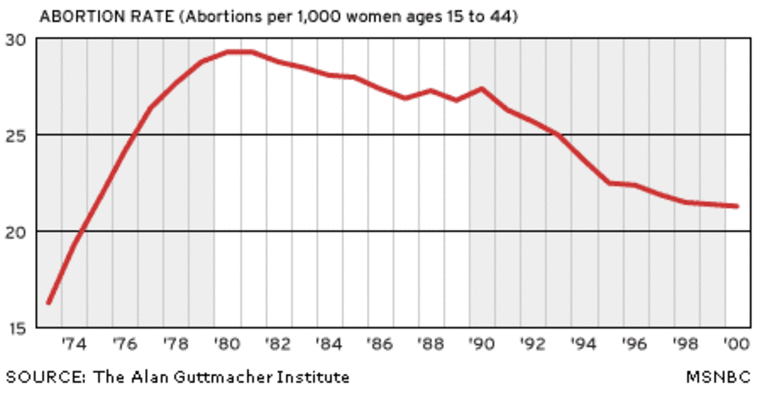A third federal judge ruled Wednesday that the Partial-Birth Abortion Ban Act is unconstitutional, saying it fails to include an exception when a woman’s health is in danger.
U.S. District Judge Richard Kopf of Lincoln said that Congress ignored the most experienced doctors in determining that the banned procedure would never be necessary — a finding he found “unreasonable.”
“According to responsible medical opinion, there are times when the banned procedure is medically necessary to preserve the health of a woman and a respectful reading of the congressional record proves that point,” Kopf wrote. “No reasonable and unbiased person could come to a different conclusion.”
The abortion ban was signed last year by President Bush but was not enforced because three federal judges, in Lincoln, New York and San Francisco, agreed to hear constitutional challenges in simultaneous non-jury trials.
Third ruling against ban
Last month, U.S. District Judge Richard C. Casey in New York said the Supreme Court has made it clear that a banned procedure must allow an exception to preserve a woman’s health — even as he called the abortion procedure “gruesome, brutal, barbaric and uncivilized.”
In June, U.S. District Judge Phyllis Hamilton in San Francisco also found the law unconstitutional, saying it “poses an undue burden on a woman’s right to choose an abortion.”
The three rulings are expected to be appealed to the Supreme Court.
The federal law bars a procedure doctors call “intact dilation and extraction,” or D&X, and opponents call partial-birth abortion.
During the procedure, generally performed in the second trimester, a fetus is partially removed from the womb and its skull is punctured or crushed.
The ban, which President Clinton twice vetoed, was seen by abortion rights activists as a fundamental departure from the Supreme Court’s 1973 precedent in Roe v. Wade. But the Bush administration has argued that the procedure is cruel and unnecessary and causes pain to the fetus.
Health exception seen as major loophole
The law contains an exception when the life of the mother — but not her health — is at risk. Backers of the ban said a health exception would open a major loophole, allowing abortions even when the mental health of the mother is in question.

The Nebraska lawsuit was filed by New York-based Center for Reproductive Rights on behalf of abortion provider Dr. LeRoy Carhart and three other physicians. Carhart brought an earlier challenge that led the U.S. Supreme Court in 2000 to overturn a similar abortion ban that was adopted by Nebraska lawmakers.
Carhart and his lawyers said the federal law is vague and could be interpreted as covering more common, less controversial procedures, including “dilatation and evacuation,” the most common method of second-trimester abortion.
A total of 1.3 million abortions are performed in the United States each year. Almost 90 percent occur in the first trimester.
An estimated 140,000 D&Es take place in the United States annually, compared with an estimated 2,200 to 5,000 D&X procedures.
Kopf said Congress didn’t take into account the opinions of doctors who had recent experience with surgical abortions.
Judge: Most experienced doctors ignored
“The long and short of it is that Congress arbitrarily relied upon the opinions of doctors who claimed to have no (or very little) recent and relevant experience with surgical abortions,” Kopf said. “It is unreasonable to ignore the voices of the most experienced doctors and pretend that they do not exist.”
Kopf said his ruling did not apply in cases where the fetus is viable — or able to survive outside the womb. One doctor testified during the trial that medical advances have made it possible to deliver a viable fetus as early as 23 weeks, or late in the second trimester, through Caesarean section.
“The court does not determine whether the Partial-Birth Abortion Ban Act of 2003 is constitutional or unconstitutional when the fetus is indisputably viable,” Kopf wrote.
Doctors have construed the Supreme Court’s decision in Roe. v. Wade to mean they can perform abortions usually until the 24th to 28th week after conception, or until the “point of viability.” After that, abortions are generally performed only to preserve the mother’s health.